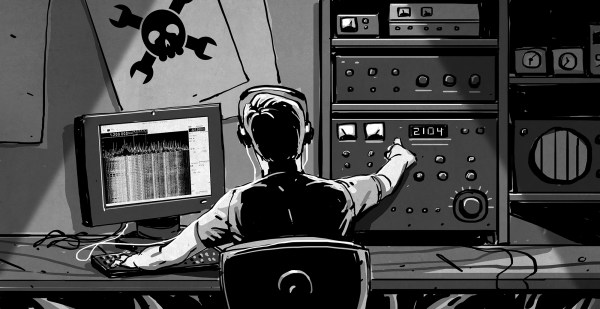If you paid attention to advertising in 1980s Britain, you were never far from Economy 7. It was the magic way to heat your house for less, using storage heaters which would run at night using cheap electricity, and deliver warmth day-long. Behind it all was an unseen force, a nationwide radio switching signal transmitted using the BBC’s 198 kHz Long Wave service. Now in 2025 the BBC Radio 4 Long Wave service it relies on is to be turned off, rendering thousands of off-peak electricity meters still installed, useless. [Ringway Manchester] is here to tell the tale.
The system was rolled out in the early 1980s, and comprised of a receiver box which sat alongside your regular electricity meter and switched in or out your off-peak circuit. The control signal was phase-modulated onto the carrier, and could convey a series of different energy use programs. 198 kHz had the useful property due to its low frequency of universal coverage, making it the ideal choice. As we’ve reported in the past the main transmitter at Droitwich is to be retired due to unavailability of the high-power vacuum tubes it relies on, so now time’s up for Economy 7 too. The electricity companies are slow on the uptake despite years of warning, so there’s an unseemly rush to replace those old meters with new smart meters. The video is below the break.
The earliest of broadcast bands may be on the way out, but it’s not entirely over. There might even be a new station on the dial for some people.
Continue reading “Farewell Economy 7, A Casualty Of The Long Wave Switch-Off”

















